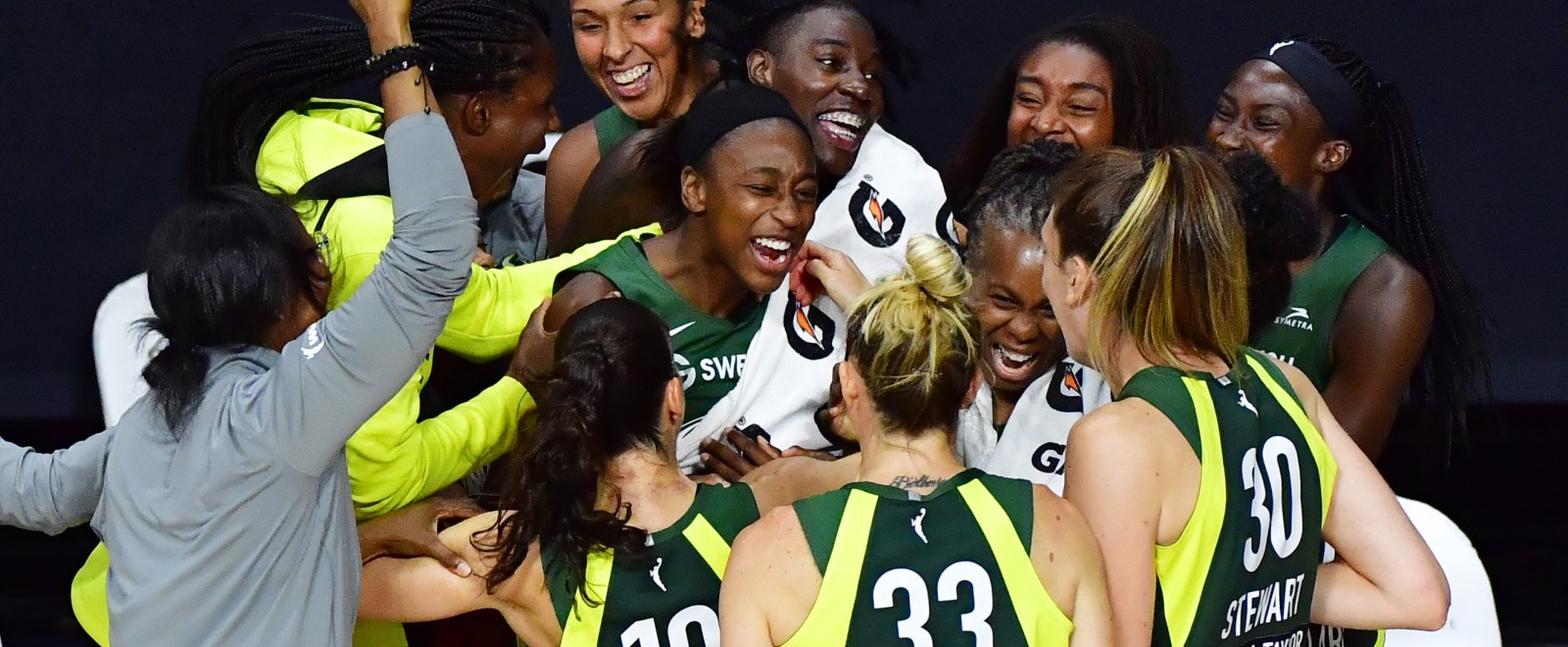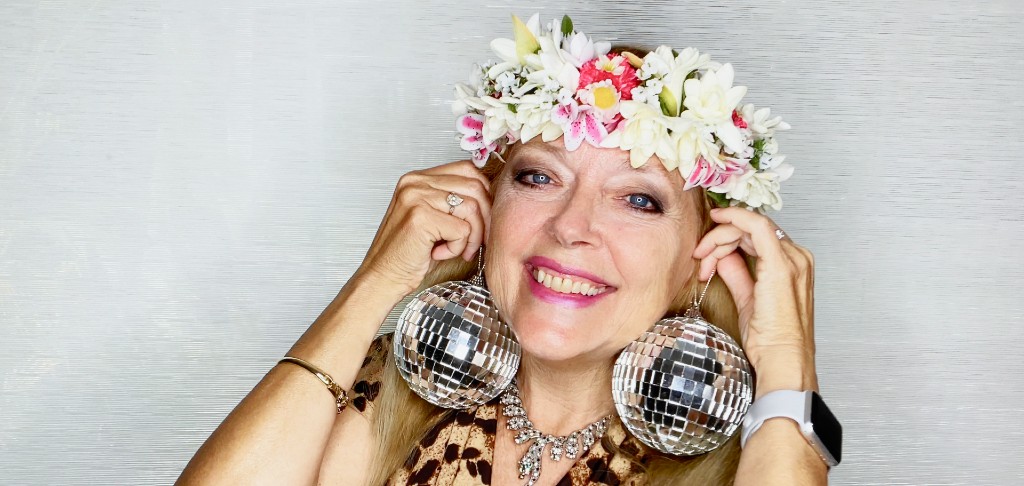
There are certain filmmakers who seem to specialize in stories where bad things keep happening. Derek Cianfrance comes to mind, or the ending of Million Dollar Baby. The Devil All The Time, Netflix’s new Antonio Campos adaptation of Donald Ray Pollock’s novel, feels reminiscent of those, and probably outpaces them for sheer volume of Terrible Shit Happening. Yet rather than hammer you with the heartbreaking beauty of working-class sadness like Cianfrance might, Campos takes his characters out of the picture frame, where their foibles just seem absurd, almost wryly funny. The Devil All The Time‘s characters are a little too dysfunctional to be entirely tragic; that’s the comedy of life.
Campos’ directing style mimics Appalachian speech, the effect of hearing a terse moonshiner mumble out some matter-of-fact aside that treats shockingly lurid perversion like a description of the weather. The characters all live somewhere in or between Coal Creek, West Virginia and Meade, Ohio, with occasional stops in Knockemstiff, somewhere in between. Donald Ray Pollock’s first collection of stories, Knockemstiff, was published when he was 53, after working at the Mead Paper Mill until the age of 50.
Campos’ adaptation of Pollock’s debut novel retains a narrator, who foreshadows and contextualizes, introducing us to a handful of characters starting with Willard Russell (played by It‘s Bill Skarsgard, who seems to have finally shed his Swedish accent), a veteran of the Pacific conflict still haunted by the crucified soldier he saw there, that he thinks of every time he goes to church. Willard’s mother is always dragging him to church, trying to fix him up with an orphan girl, Helen Hatton (Mia Wasikowska), in order to keep a promise she made to God.
Willard though only has eyes for Charlotte (Haley Bennett, who also stars in Ron Howard’s upcoming adaption of Hillbilly Elegy, almost certain to be a worse version of The Devil All The Time), a waitress he met while passing through Meade. Which is just as well, because Helen Hatton soon falls for Roy Laferty (Harry Melling, whose face tells its own tale of Appalachian dysfunction even though he’s British), a traveling preacher whose showstopper is dumping a mason jar filled with spiders onto his face to prove his devotion to the Lord. Willard eventually makes his own promises to God, far more horrible than his mother’s, leaving his only son Arvin a legacy of traumatic memories and dubious life lessons. And honestly, that’s barely the setup.
The Devil All The Time goes on in this discursive manner, casting aside characters as unsentimentally as George RR Martin along the way, eventually encompassing a horny preacher played by Robert Pattinson, a troubled orphan played by Eliza Scanlen, a perverted pair of swingers played by Riley Keough and Jason Clarke, and a corrupt Sheriff played by Sebastian Stan — all somehow revolving around the now-grown-up Arvin Russell, played by Tom Holland. Every vignette is somehow more casually grotesque than the last, and the cast’s mix of mostly international stars with the occasional authentic regional American thrown in works shockingly well. Harry Melling in particular looks like he could play oddball Appalachian preacher or medieval European prince equally well (two sides of the same coin, perhaps).
This geographically eclectic cast in a vulgar and violent rural gothic is more or less what Martin McDonagh was going for in Three Billboards Outside Ebbing, Missouri. The major difference is that Donald Ray Pollock actually seems to know the people and places he’s writing about (or at least Antonio and Paulo Campos, in adapting him, sure make it seem that way). Pollock and Campos’ story choices are no less far-fetched than McDonagh’s in Three Billboards, but because Pollock can get the vernacular and mannerisms correct, it’s much easier to follow him when he gives us cancer, crucifixions, and ritualistic sex. The Devil All The Time is a wild yarn about death, dysfunction, and perverting the good book into something truly monstrous, but it’s underpinned with a deep well of humanity. These characters all feel like fully-formed people, even when they’re castrating each other and murdering dogs. That’s what’s so gloriously f*cked up about it.
The Devil All The Time is a lovingly-constructed quilt of interlocking insanity, about how the simple life is anything but simple and salt-of-the-earth folk are every bit as screwed up as debauched debutantes. You want to reminisce about the good ol’ days, kid? Well then, let’s peel away the postcard facade. The Devil All The Time is a masterpiece of dark Americana.
‘The Devil All the Time’ begins streaming via Netflix on September 18. Vince Mancini is on Twitter. You can access his archive of reviews here.




